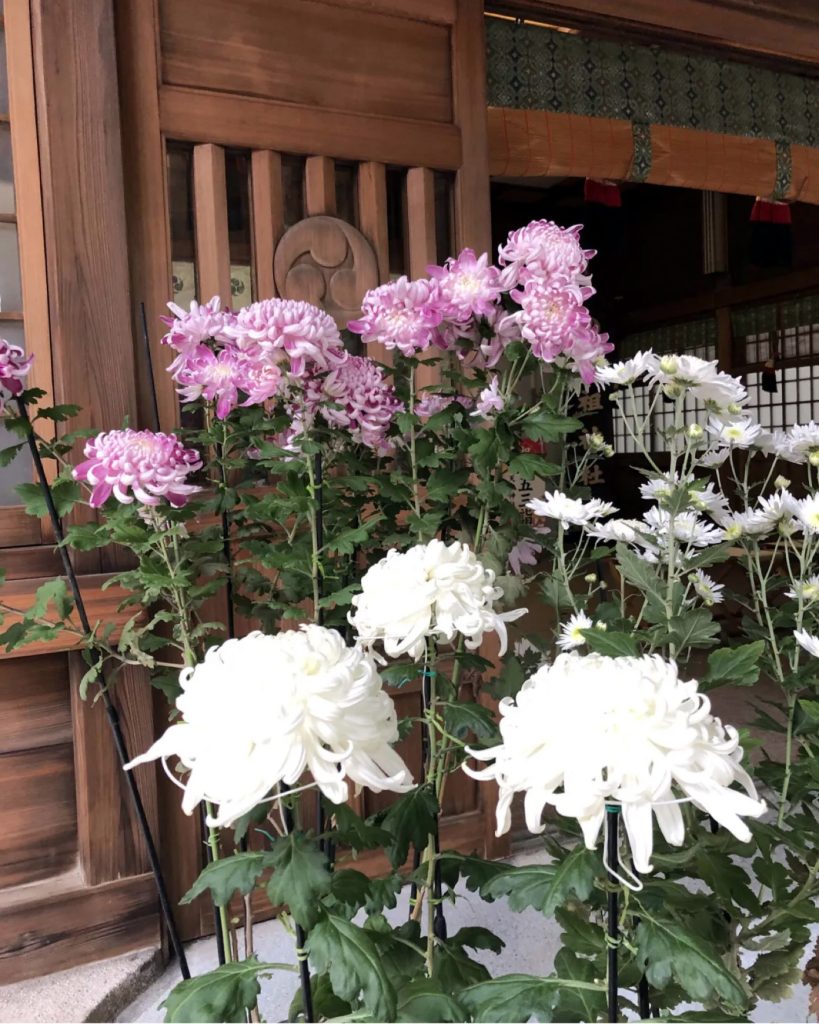
Today is Shichi-Go-San. It’s a traditional Japanese celebration for children who are 7, 5, and 3 years old, marking their growth. Families visit shrines and temples for the ‘Shichi-Go-San-mairi,’ offering prayers, gratitude, and reports. It is said to have originated with prayers for the health of the eldest son of the fifth shogun of the Edo shogunate, Tsunayoshi. At nearby shrines, many children dressed in formal attire, along with their parents, were making visits. It is a truly delightful and heartwarming scene.
However, these fortunate children stand in contrast to the reality that in Japan, approximately 1 in 9 children are said to be living in poverty. There is an international indicator called the ‘poverty line’ that represents poverty, and in Japan, the poverty line in 2018 was an income of 1.27 million yen. This means that approximately 1 in 9 children are in environments characterized by such conditions. At one point, there was a period when this ratio was 1 in 6, but due in part to increased societal awareness, we have fortunately moved away from the worst conditions.
While Japan is experiencing a declining birthrate, with the number of births in 2022 being 770,000, a quarter of the peak at 2.5 million births, the disparity in child poverty is widening. The economic losses resulting from child poverty are estimated to be around 43 trillion yen. When combined with the issue of declining birthrates, this poses a truly serious problem for Japan’s future.
今日は七五三。7歳、5歳、3歳の子供の成長を祝う日本の年中行事です。神社や寺に「七五三詣」をして、報告、感謝、祈願を行います。江戸幕府の第5代将軍綱吉の長男の健康を祈願して始まったと言われています。近くの神社には、晴れ着をきた子供達とその両親が沢山お参りしていました。誠に喜ばしく微笑ましい光景です。
こうした子どもたちは恵まれた子たちで、今、日本では全体の9人に1人もの子どもたちが貧困状態にあると言われています。貧困状態を表す国際指標として「貧困線」と言う指標がありますが、2018年の日本の貧困線は所得が127万円で、そうした環境に置かれた子供が9人に1人と言うことです。一時は6人に1人と言う時期もありましたが、世間の関心の高まりもあって、さすがに最悪の状態からは脱しました。
2022年の出生数が77万人と、ピーク時250万人の4分の1と言う少子化が進む中、子ども達の貧困格差が広がっています。子どもの貧困が起こることで生じる経済損失は43兆円ともいわれ、少子化問題と重ね合わせると、日本の将来にとって実に由々しき問題です。
